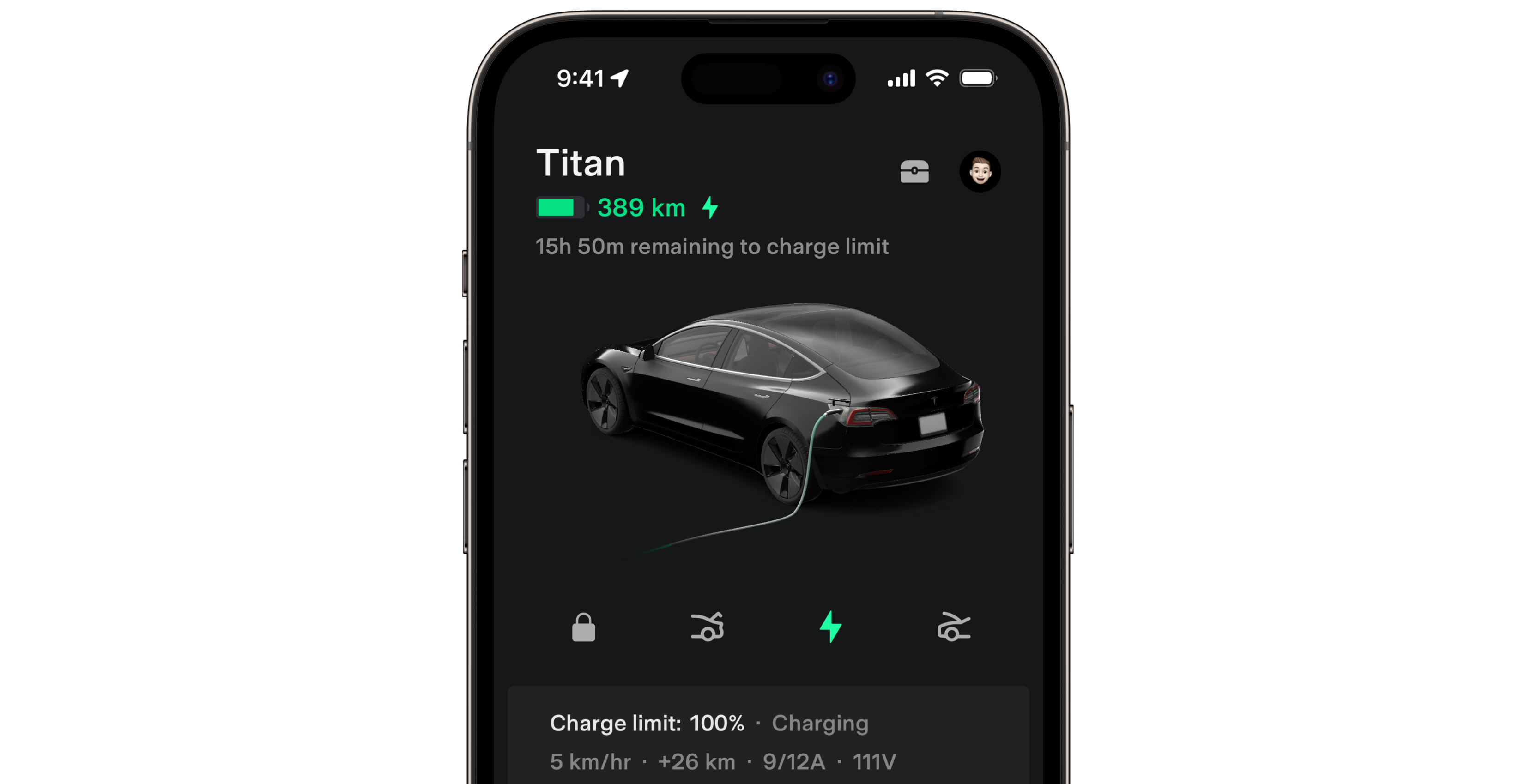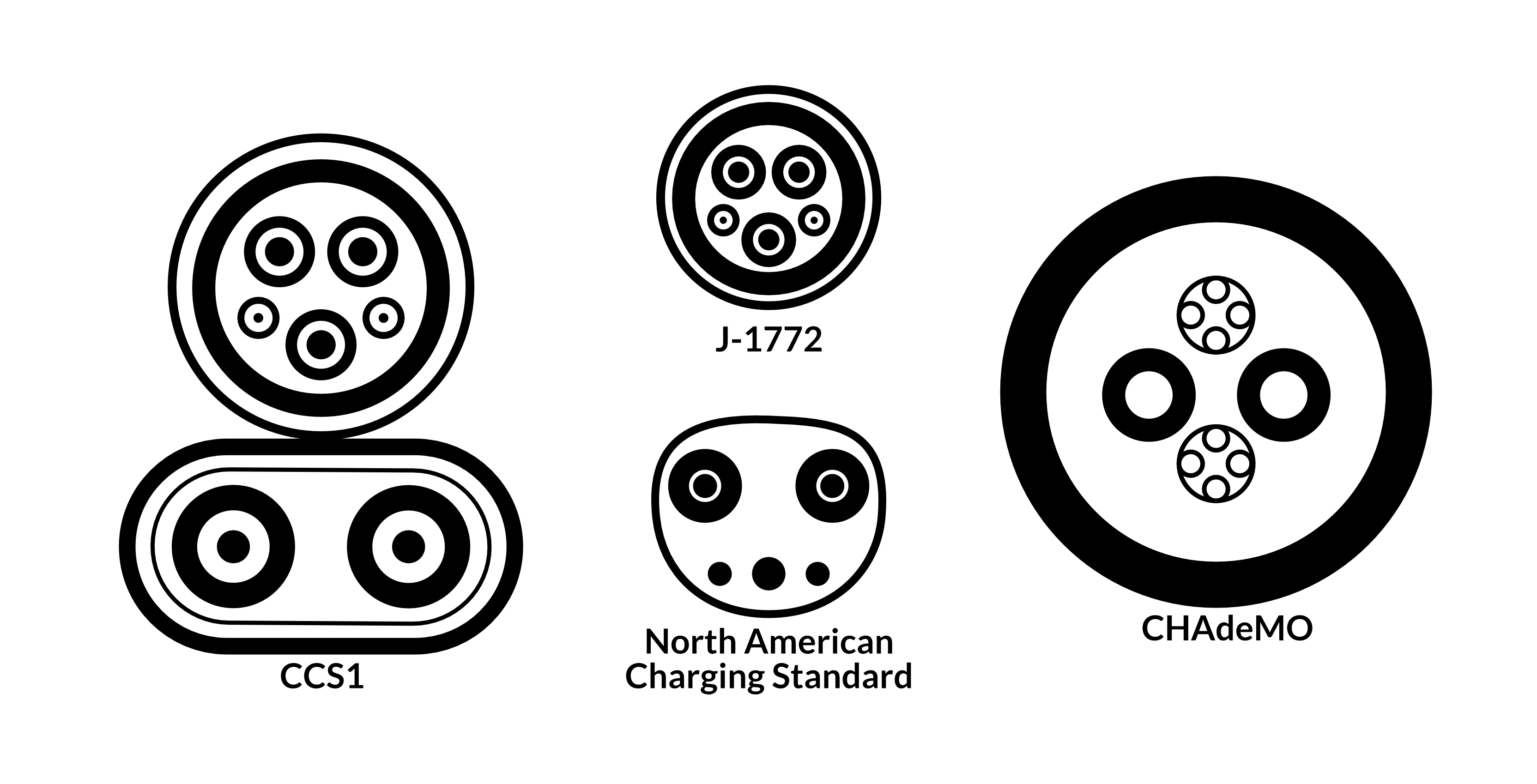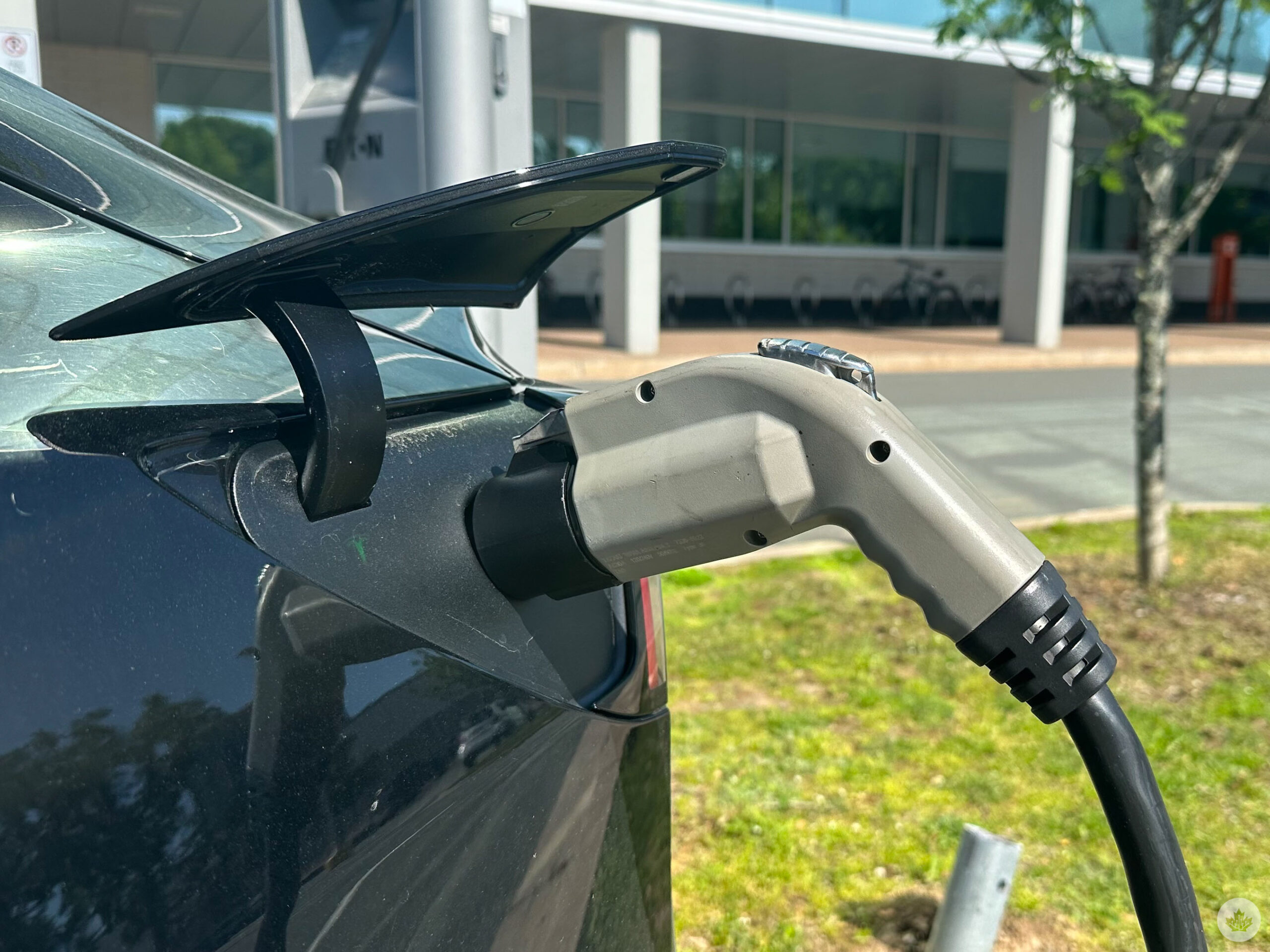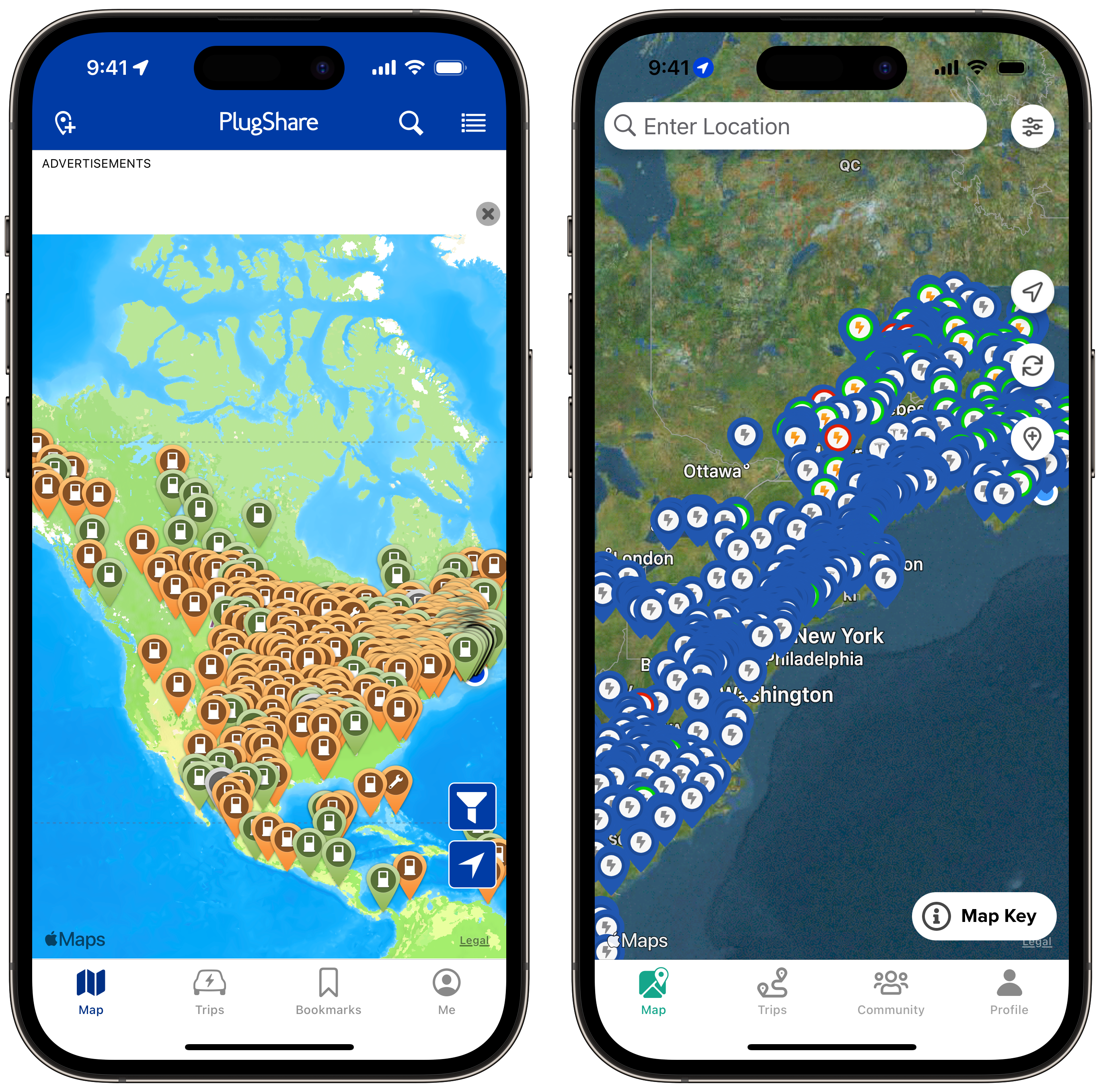
Whether you agree with the global transition to electric vehicles (EVs) or not, it is happening. A combination of rising gas prices, lower maintenance costs, and government incentives — in addition to increasing environmental concerns — all help drive EV adoption.
The Federal Government aims to have 20 percent of all passenger vehicle ownership be EVs by 2026, 60 percent by 2030 and 100 percent by 2035. Those targets feel ambitious, to say the least. Many Canadians love the noise of their internal combustion engine (ICE) vehicles, and there’s a great deal of misinformation surrounding EV ownership.
I purchased my EV nearly two years ago, a 2019 Tesla Model 3 Long Range. Let me be clear. I love it. Without hesitation, I firmly believe EVs are the future, and I will never own another ICE vehicle again.
Between relying on public chargers for the past two years due to living in a condo, a road trip to Washington, D.C., and soon installing a Tesla home charger in my new house, I’ve learned a lot about charging my EV.
So, if you’re curious about charging your future EV, here’s MobileSyrup’s beginner’s guide to EV charging in Canada.
Charging Levels
Probably the first question I get from people curious about EVs is, “How long does it take to charge?” The answer to that question is “It depends.” EVs charge faster or slower based on how much power is being delivered, how much power they can accept, and how large of a battery it has. There are three levels of charging: level 1, level 2, and DC Fast Charging, commonly nicknamed level 3.
Level 1 charging is plugging your EV into a regular wall outlet. Level 1 charging yields 5 to 8 kilometres of range per hour. For people who don’t drive often or use their car primarily for running errands, level 1 charging may be fine for their lifestyle.

Level 2 charging is essentially plugging your EV into a 240V dryer outlet. However, most EV owners are more likely to use a level 2 charger either in public or install one in their homes. These chargers are small boxes you may see mounted on walls or podiums in public or in someone’s garage. Level 2 chargers typically provide 40 to 70 kilometres of range depending on the vehicle and the amount of electricity delivered. The chargers are relatively easy for electricians to install, pending your home has a 200AMP panel.
DC (Dynamic Current) Fast Chargers or ‘level 3’ is intended to replace gas stations in the future. Depending on the station and vehicle, DC Fast Chargers can deliver anywhere from 50kW to 350kW of energy. The goal for DC Fast Chargers is to charge a vehicle from 0 to 80 percent in around 15 minutes. Of course, your results may vary. For example, my Tesla can accept 250kW and has about 500km of range, but I often use a nearby 50kW charger which delivers about 300km per hour.

Most modern EVs can accept a charging speed of around 200kW or more per hour, with some older vehicles charging slower. Most Teslas charge at 250kW, while Hyundai’s Ioniq 5 and Lucid Air cap out at 350kW. Another factor is cold weather. During the winter, EV batteries need to warm up once connected to a charger before accepting peak charging rates. Unlike how ICE vehicles rely on gas stations today–ideally, EVs will only use DC Fast Chargers when travelling long distances and primarily use level 2 chargers while parked at home.
Charging Connectors
Four charging connectors are used on EVs within North America: NACS, J-1772, CCS, and CHAdeMO.
NACS, or the “North American Charging Standard,” was up until somewhat recently just known as Tesla’s proprietary connector until the company made the design an open standard. Initially, NACS was dismissed as a possible industry standard. However, since then, Ford, GM, and Rivian have announced their vehicles would use NACS starting in 2025, and more brands are likely to follow. NACS makes for a compelling option considering the expansiveness and reliability of Tesla’s Supercharger network. NACS currently maxes out at 250kW.
J-1772 is currently the most common option for level 1 and level 2 charging for non-Tesla EVs. J-1772 supports up to 19.2kW and is available at every non-Tesla level 2 charger.
 CCS, or the Combined Charging Standard, uses the J-1772 connector along with two additional DC Fast Charging pins. CCS Type 1 is used in North America, while CCS Type 2 is used in Europe. CCS was widely considered the industry standard for DC Fast Charging until Ford and GM announced their intentions to use NACS in future EVs.
CCS, or the Combined Charging Standard, uses the J-1772 connector along with two additional DC Fast Charging pins. CCS Type 1 is used in North America, while CCS Type 2 is used in Europe. CCS was widely considered the industry standard for DC Fast Charging until Ford and GM announced their intentions to use NACS in future EVs.
CHAdeMO originated in Japan and was initially used as a DC Fast Charger connector before CCS. While CHAdeMO is still found at most non-Tesla DC Fast Chargers in addition to CCS, it’s not widely used anymore outside of Japan. CHAdeMO is limited to 100kW compared to CCS at 350kW.

Tesla owners can get adapters to convert from their NACS connector to J-1772, CHAdeMO, and CCS. Sometime in the future, at least Ford, GM, and Rivian owners will be able to purchase an adapter to go from NACS to CCS to use Tesla Superchargers.
However, details on this future adapter, including pricing and availability, are still unavailable.
Charging Networks and Costs
Throughout this article, I mentioned Tesla’s Supercharger network several times. Tesla’s Superchargers are the company’s DC Fast Charging network. Similar to gas stations, many different brands own and operate charging networks. Some of the most common networks outside of Tesla include Petro-Canada, FLO, ChargePoint, and Electrify Canada, but there are many more.
Charging networks have a mixture of level 2 and DC Fast Chargers. Some locations may have both, while others may have a single type. Most chargers are not located on properties owned by the charging network. Instead, chargers are typically located on properties of third-party businesses that partner with charging networks to handle payment, customer support, and, often, maintenance.
Costs for charging vary from charger to charger. Ideally, most people charge their EVs at home, taking advantage of the lowest power rate available to them. However, there may be some free level 2 chargers in your community. Paid level 2 charging usually costs $1 to $3 per hour, while DC Fast Charging costs $15 to $30 per hour, depending on charging speed. A charging network may bill based on charging speed instead of time if it’s permitted to resell electricity in that area.
Most charging networks have mobile apps on the Apple App Store and Google Play Store for customers to check on the availability of particular chargers, link a credit card for payment, and remotely monitor a charging session.
Final Thoughts
Owning an EV has been an overwhelmingly positive experience. My car is quiet, requires minimal maintenance, and is inexpensive to drive. I love it. However, charging infrastructure is undoubtedly the most challenging part of EV ownership when you cannot charge at home. Ideally, you’ll purchase and install a level 2 charger in your home or manage with level 1 charging. That way, every morning, you’ll effectively leave home with a “full tank.”
After two years of relying nearly entirely on public chargers, my primary takeaway is that there are not enough, and reliability seems to be a challenge. It’s frustrating to pull up to a charger only for it to be occupied. You can try to check availability via the charging network’s app but when a charger frees up it feels like a race to get there. Arriving at a charger only for it to be broken is even more maddening. It can be exhusting to create accounts for so many different apps, connect them to your credit card, and hope they work properly–esspecially in the rain.
I recommend downloading PlugShare or ChargeHub onto your phone so you can see the chargers available in your area and notes left by other drivers including where the charger is located, the cost, and if the charger may be offline. Both apps rely on community-maintained data, so they aren’t perfect, but incredible nonetheless.
Undoubtedly there is still work to be done. But that shouldn’t stop you from considering if an EV is right for you. Vancouver passed a bylaw requiring all gas stations to install at least one 50kW DC Fast Charger and any parking lot with 60 or more spaces must have at least four level 2 chargers.
Halifax recently committed to installing at least 6 DC Fast Chargers and up to 18 total chargers of either level 2 or DC Fast Charging by 2025. While, at least for now, there may be a little more planning evolved with owning an EV, they make for excellent vehicles. Plus, you get to reduce your carbon emissions at the same time.
MobileSyrup may earn a commission from purchases made via our links, which helps fund the journalism we provide free on our website. These links do not influence our editorial content. Support us here.




